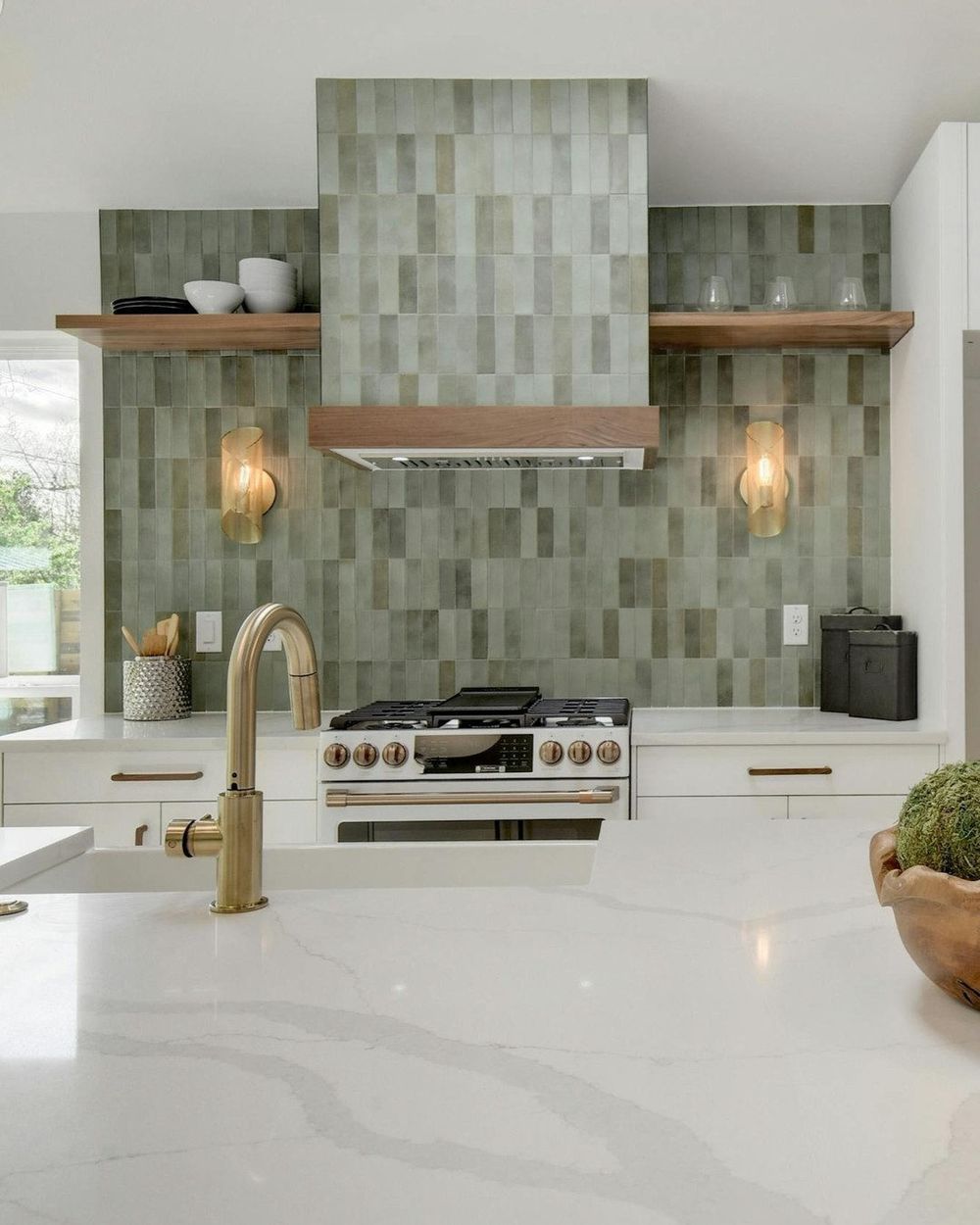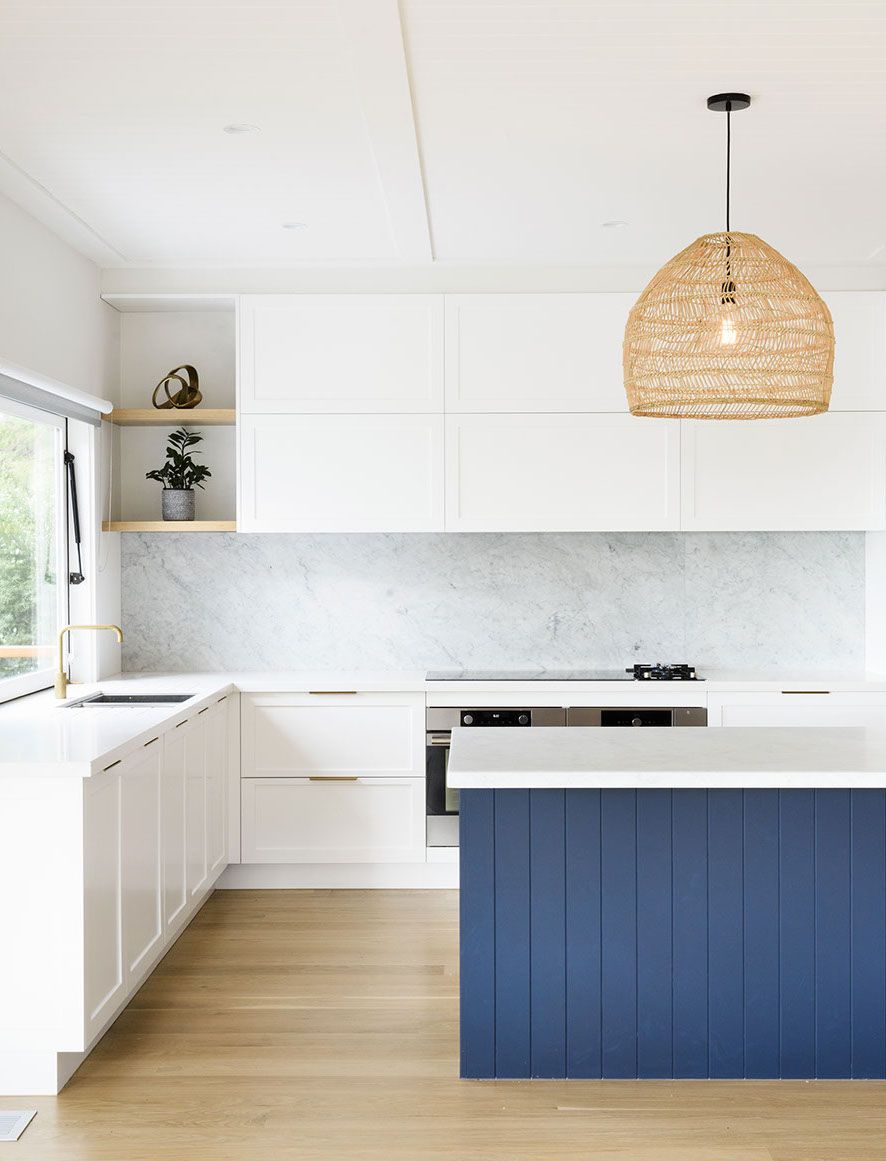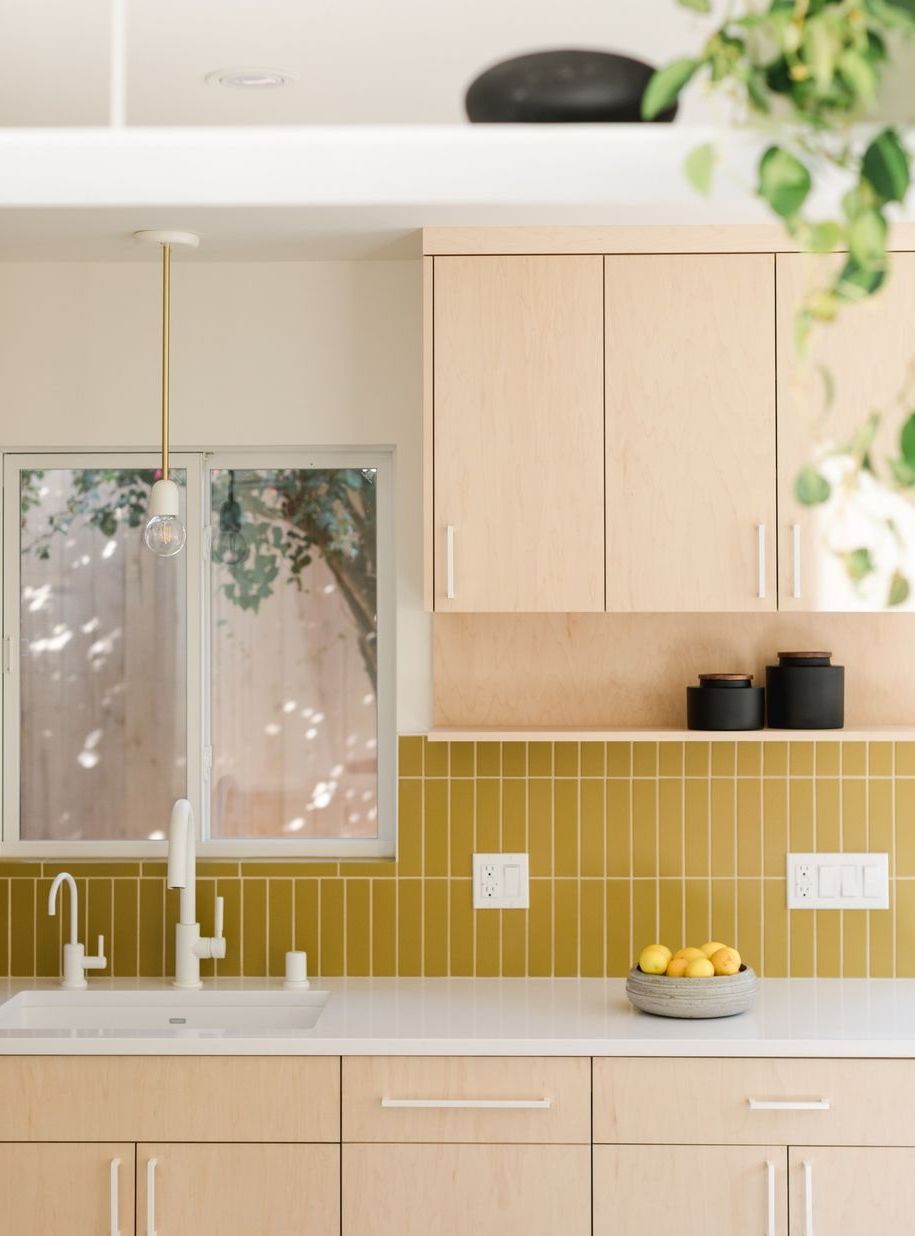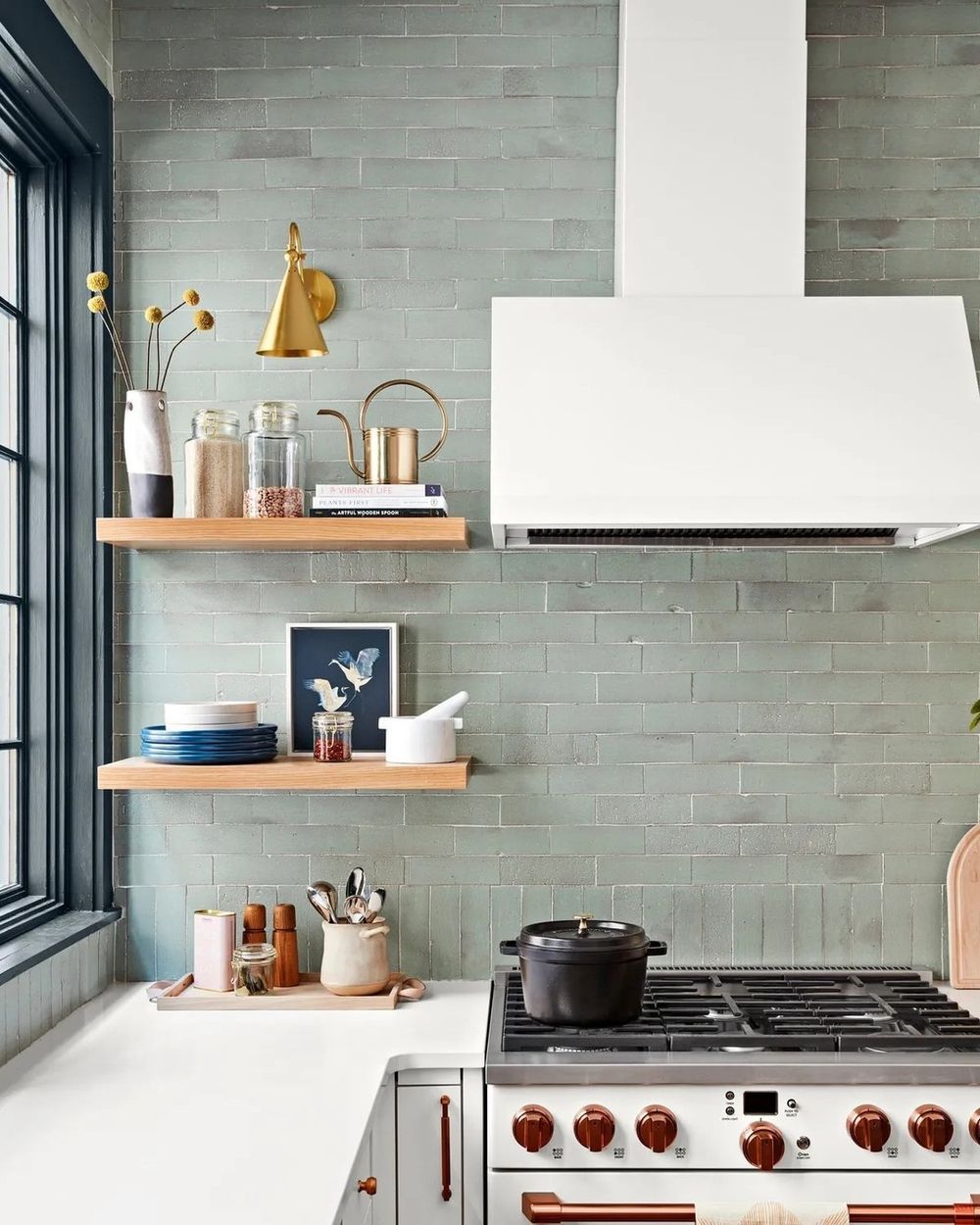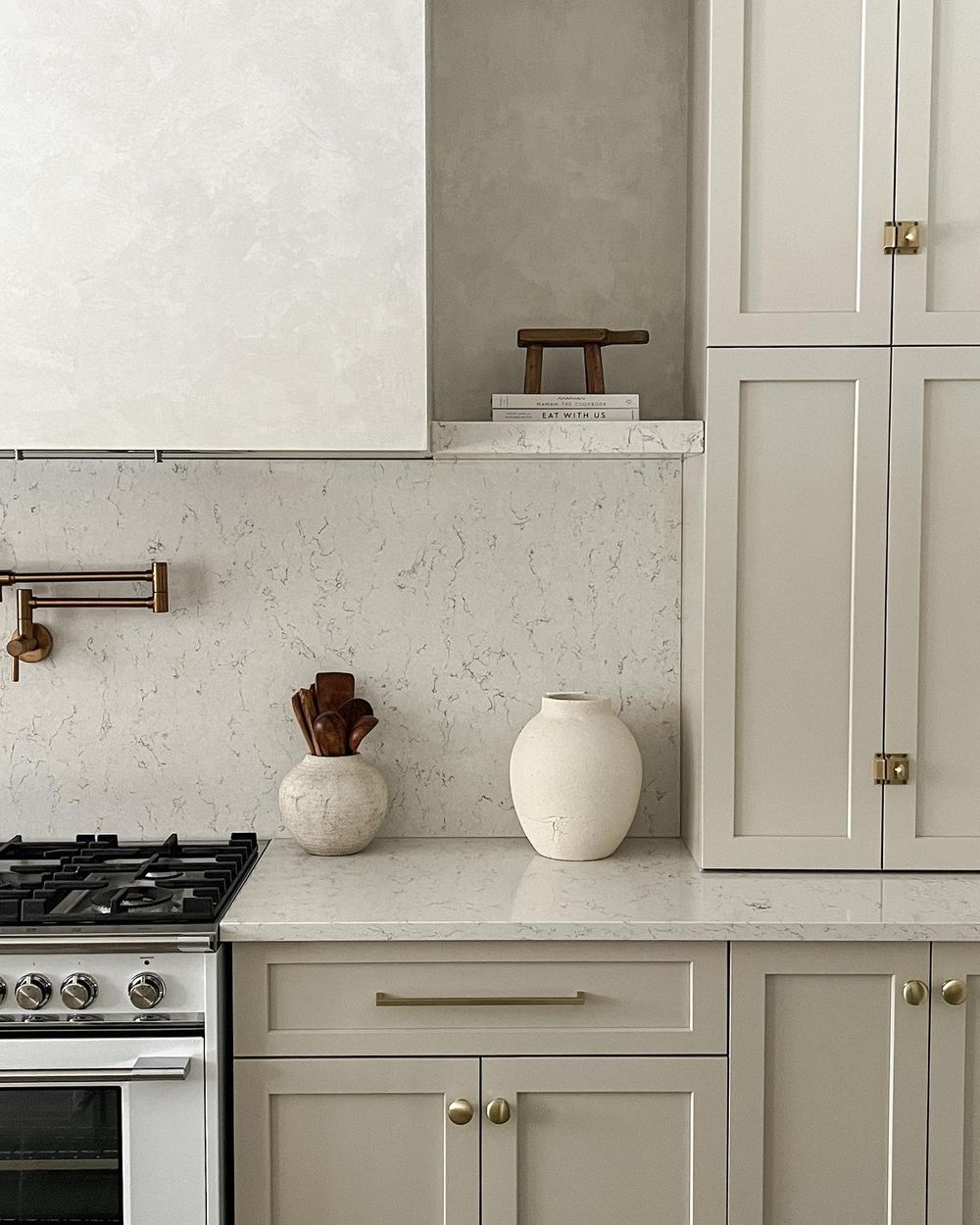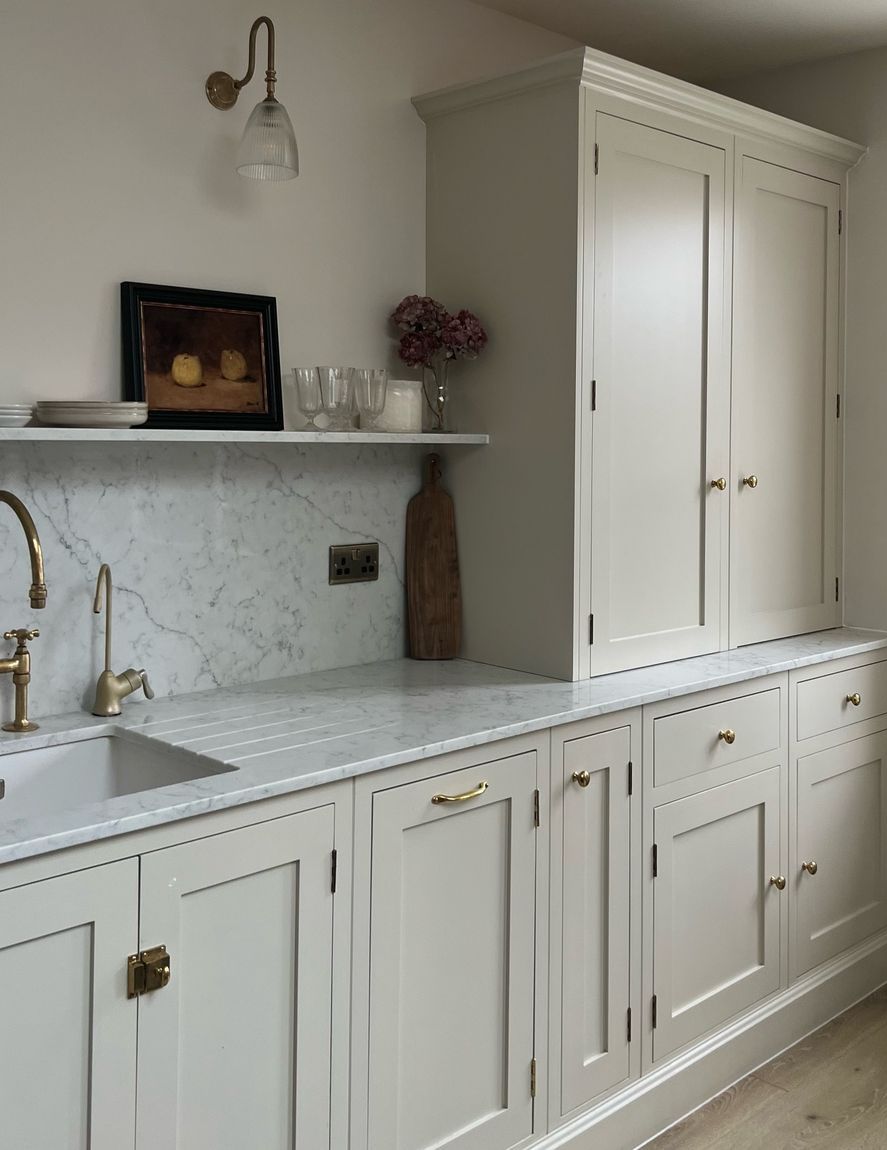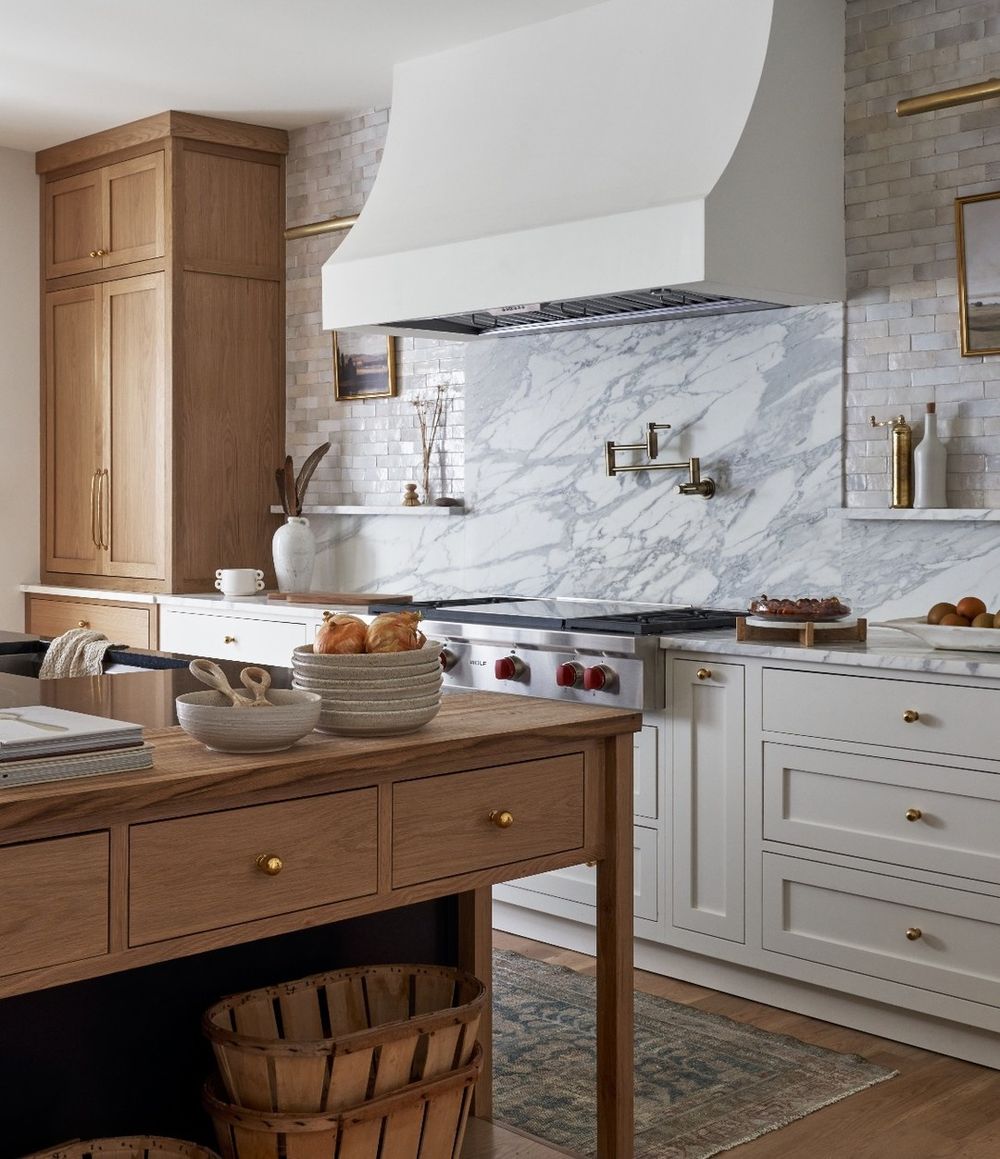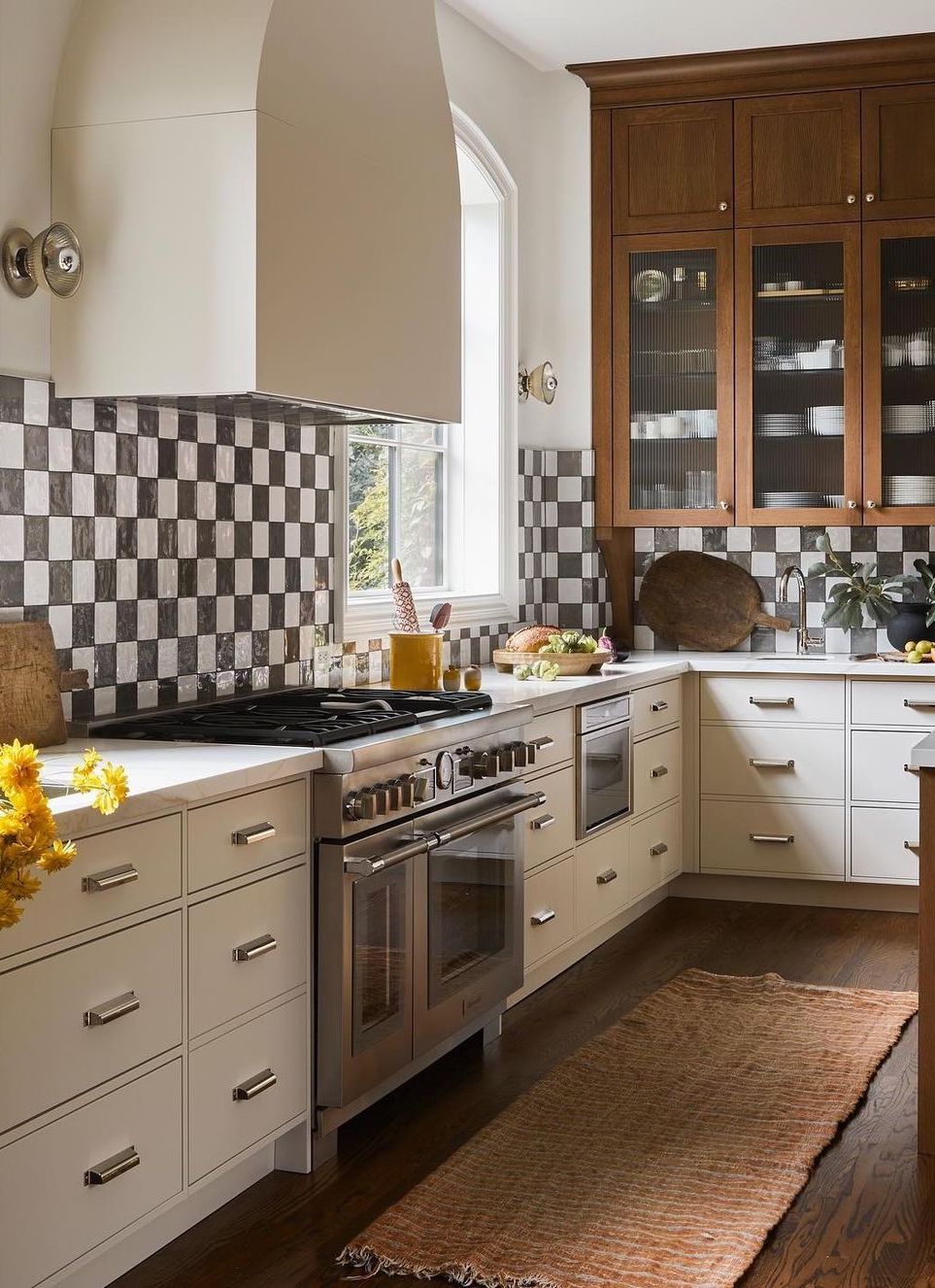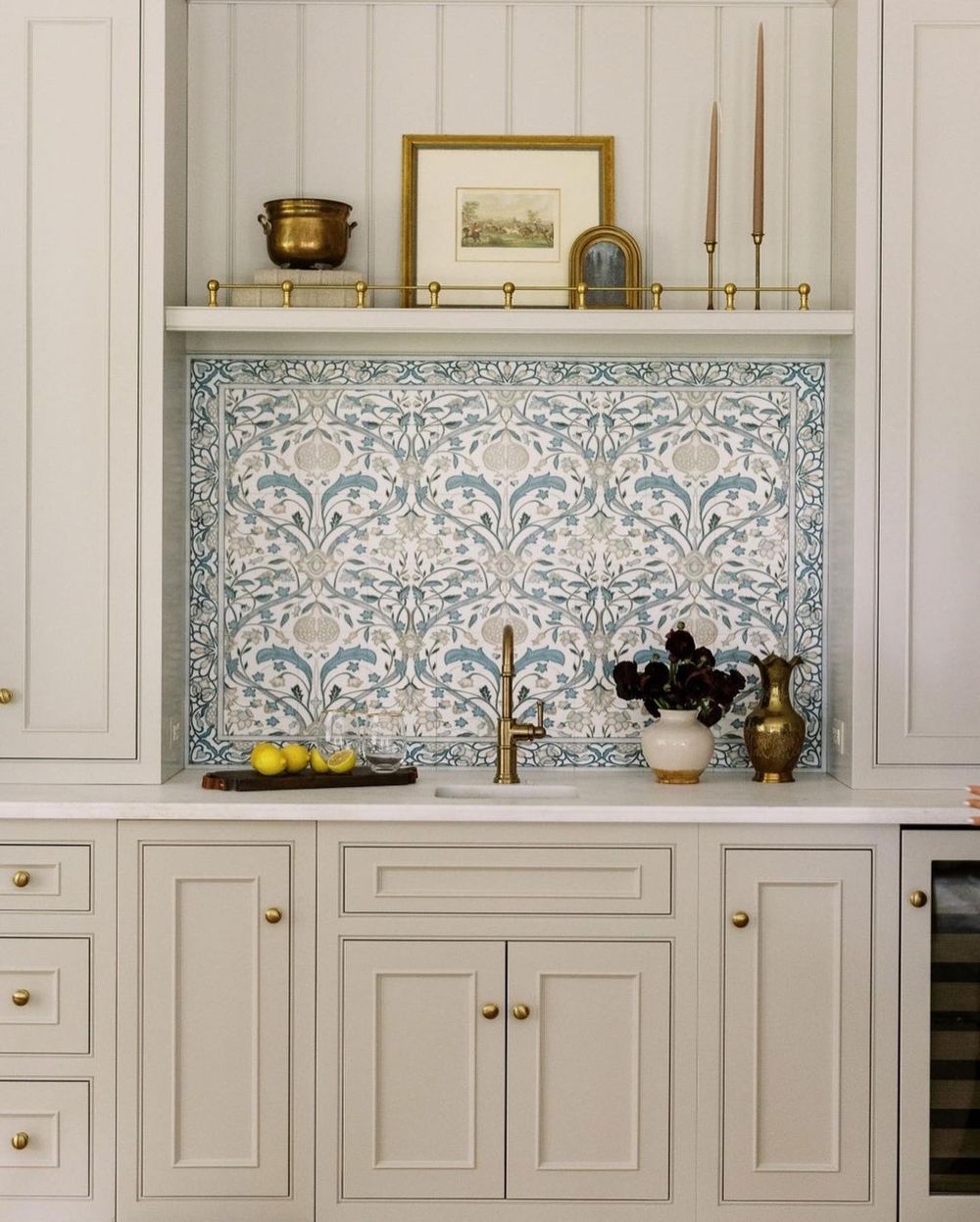The modern kitchen – the heart of every home where memories are made, meals are savored, and conversations flow. But let’s be honest, a drab or outdated backsplash can quickly turn this warm and welcoming space into a cold and uninviting one. That’s why it’s essential to give your kitchen the TLC it deserves, starting with a stylish and functional backsplash that sets the tone for the entire room.
From sleek glass tiles to bold geometric patterns, modern kitchen backsplash ideas are endless and offer the perfect opportunity to express your personal style and creativity. In this article, we’ll explore the latest trends and must-try ideas to transform your kitchen into a stunning showstopper that’s both beautiful and functional.
1. Overview of Kitchen Backsplashes: Purpose and Benefits
Kitchen backsplashes serve both functional and aesthetic purposes, making them a vital component of modern kitchen design. At their core, backsplashes protect walls from splatters, spills, and stains that can occur during cooking and food preparation, which helps to maintain a clean and hygienic environment.
In addition to their protective qualities, backsplashes offer an opportunity for homeowners to express their personal style and elevate the overall decor of the kitchen. With a wide range of materials, colors, and designs available, from classic ceramic tiles to sleek glass, a backsplash can become a striking focal point that enhances the visual appeal of the space.
Furthermore, a well-chosen backsplash can create a sense of cohesion in the kitchen, tying together various elements such as cabinetry, countertops, and appliances. Beyond their practicality and beauty, backsplashes can also increase the overall value of a home, making them a worthwhile investment for those looking to modernize their kitchens while ensuring functionality and style.
2. Current Trends in Materials: Tiles, Glass, and More
In recent years, the world of kitchen design has witnessed a significant evolution in materials, particularly in the realm of backsplashes. Tiles remain a perennial favorite, with innovations expanding beyond traditional ceramics to include large-format porcelain and intricate mosaics. Textured tiles, such as those mimicking natural stone or featuring 3D effects, add depth and character, making them focal points in modern kitchens.
Glass backsplashes have also surged in popularity, offering a sleek and reflective surface that can visually expand the space while allowing for an array of colors and finishes. From frosted and matte to vibrant hues, glass is perfect for adding a contemporary twist.
Additionally, natural materials like quartz and even sustainable options such as recycled glass are being used, catering to the eco-conscious homeowner without sacrificing style. These materials not only showcase aesthetic versatility but also emphasize durability and ease of maintenance, making them ideal for the often-busy kitchen environment.
As you seek to create functional and stylish spaces, the fusion of different materials and textures in backsplash design reflects a broader trend toward personalization and creativity in modern kitchen interiors.
3. Color Schemes and Patterns: How to Match Your Backsplash to Your Kitchen
When it comes to selecting a backsplash for your modern kitchen, color schemes and patterns play a pivotal role in creating a cohesive and inviting space. The key is to consider the overall color palette of your kitchen, including cabinets, countertops, and flooring.
A well-matched backsplash can either complement or contrast these elements to enhance the overall aesthetic. For instance, if you have cool-toned cabinets in shades of grey or blue, opting for a backsplash in soft whites or muted pastels can create a serene atmosphere, while bold geometric patterns can add a dynamic touch. Conversely, warmer wood tones paired with a colorful backsplash featuring rich hues can evoke a cozy, rustic feel.
Additionally, incorporating patterns can add visual interest without overwhelming the space. Subway tiles arranged in a herringbone pattern or intricate mosaics can serve as stunning focal points. Ultimately, the combination of color and pattern should resonate with your personal style while harmonizing with the kitchen’s features, ensuring a balanced and inviting environment that reflects modern sensibilities.
4. Statement Backsplashes: Making a Bold Design Choice
Statement backsplashes have emerged as one of the most compelling design choices in modern kitchens, allowing homeowners to express their unique style with impactful visual flair. These bold installations serve as focal points that can dramatically enhance the kitchen’s overall aesthetic, transforming it from a functional space into a work of art.
Opting for vibrant colors, intricate patterns, or even textured materials, a statement backsplash can create a striking contrast against the more neutral tones often seen in cabinetry and countertops. For instance, a colorful mosaic tile backsplash can infuse energy into a minimalist space, while a sleek, large-format slab of marble or quartz can evoke a sense of luxury and sophistication.
Additionally, homeowners are now experimenting with unconventional materials such as reclaimed wood, metal, or even glass, allowing for diverse interpretations that cater to various design preferences. Ultimately, a well-chosen statement backsplash does more than merely protect walls; it defines the kitchen’s character, offering an opportunity to make a personal statement that resonates with the homeowner’s taste and lifestyle.
5. Eco-Friendly Backsplash Options: Sustainable Materials
When it comes to modern kitchen design, opting for an eco-friendly backsplash can make a significant statement while promoting sustainability. One of the most popular sustainable materials is reclaimed wood, which not only adds warmth and character to a kitchen but also reduces landfill waste. Each piece tells a story through its unique grains and textures, making it an attractive focal point.
Another green option is recycled glass tiles, which come in a wide array of colors and can create a stunning mosaic effect. These tiles, made from post-consumer glass, not only reduce waste but also reflect light beautifully, adding a sense of expansiveness to the space. Bamboo is another excellent choice; as a rapidly renewable resource, it offers durability and natural beauty, making it a stylish yet conscious option that can seamlessly blend with other design elements.
Additionally, eco-friendly ceramics, often made from sustainable materials and fired at lower temperatures, provide a chic alternative that doesn’t compromise on visual appeal or functionality. Finally, consider incorporating natural stone, such as limestone or slate, which offers a timeless aesthetic while often being locally sourced, further minimizing the environmental impact. By selecting these sustainable materials for your backsplash, you can enhance the beauty of your kitchen while standing firmly behind eco-conscious design principles.
6. DIY Backsplash Projects: Tips for Homeowners
When it comes to updating your kitchen, a DIY backsplash project can be both a practical and creative way to enhance your space. Homeowners looking to add a personal touch should first consider the material that best fits their style and skill level. Options like peel-and-stick tiles are excellent for beginners due to their ease of installation and broad variety of designs.
For those feeling a bit more adventurous, patterned ceramic or glass tiles can be laid out to create a stunning focal point, but careful planning and precise measurements are crucial to achieve a professional look. Before starting, it’s a good idea to gather all necessary tools—such as a tile cutter, adhesive, and grout—and to prepare the wall surface by ensuring it’s clean and smooth. Homeowners should take the time to sketch out their design or use graph paper to visualize how the tiles will fit together, which can help avoid costly mistakes. Also, don’t overlook the importance of protecting surrounding areas with painter’s tape during installation.
Once the tiles are affixed, applying grout not only secures them but also adds a finished appearance that can dramatically elevate the overall aesthetic of the kitchen. Ultimately, a DIY backsplash can be a rewarding project that not only showcases your creativity but also adds significant value to your home.
7. Maintenance and Cleaning Tips for Long-Lasting Backsplashes
Maintaining and cleaning your kitchen backsplash is crucial for ensuring its longevity and keeping your space looking pristine. Start by choosing materials that are easier to clean, such as glass, tile, or stainless steel, which can withstand regular scrubbing without losing their luster.
For routine maintenance, simply wipe down your backsplash with a damp cloth and a mild dish soap solution to remove everyday grime and splatters. For tougher stains or spills, such as tomato sauce or grease, consider using a paste of baking soda and water for gentle exfoliation. It’s important to avoid abrasive cleaners or scouring pads, as these can scratch and dull the surface over time. Sealing natural stone backsplashes, like granite or marble, is essential; ensure to reapply the sealant annually to protect against staining and moisture.
Additionally, pay attention to grout lines, as they can be prone to discoloration. Regularly clean them with a mixture of vinegar and baking soda or a specialized grout cleaner. Finally, monitor the seals around your backsplash to prevent water damage and mold growth; a quick check every few months can save you from larger issues down the road.
By incorporating these simple maintenance and cleaning tips, you can ensure that your backsplash remains a stunning focal point in your modern kitchen for years to come.
